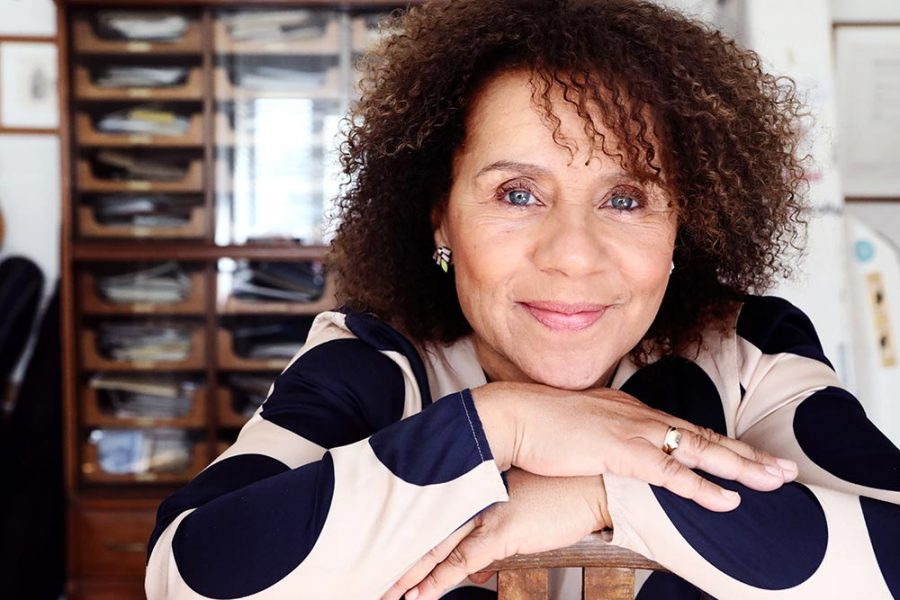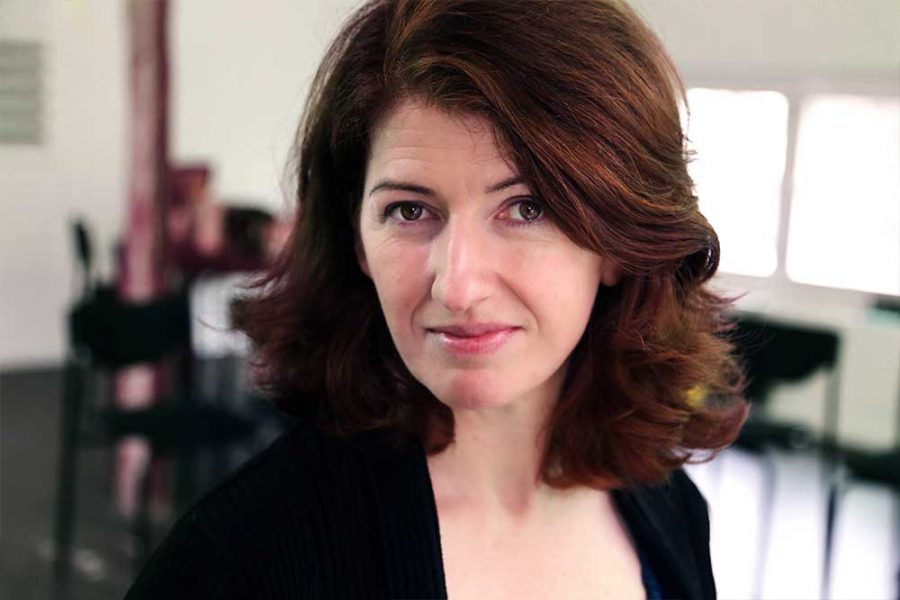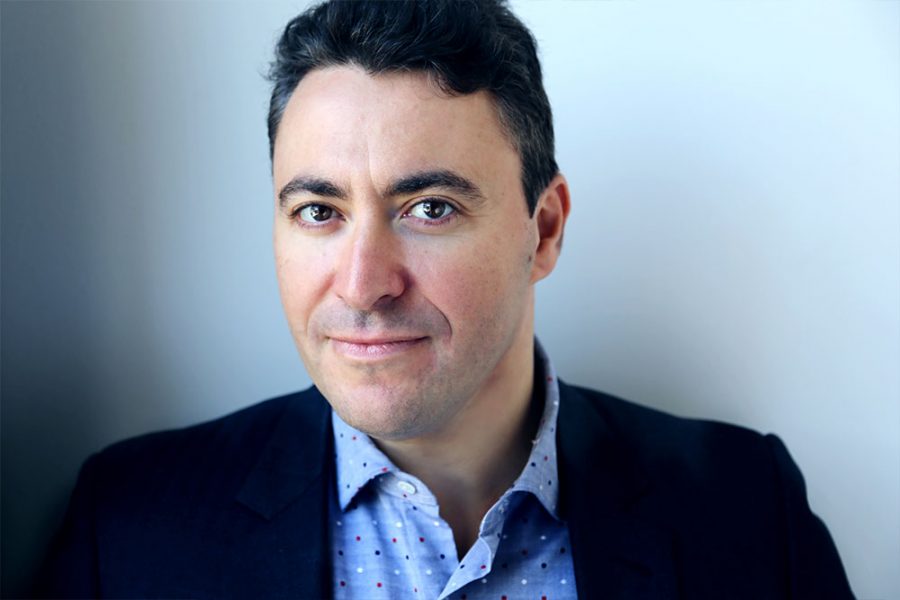Simply the Best: Julie Landsman

July 2015
Words by
Emer Nestor
Photos by
Frances Marshall
Julie Landsman is an American-born French horn player and teacher at the Juilliard School, New York. Formerly principal horn of the Metropolitan Opera Orchestra, and co-principal horn with the Houston Symphony, Landsman now enjoys touring as a chamber musician, and is a member of the Grammy-award winning Orpheus Chamber Orchestra. Final Note spoke briefly with Landsman at Juilliard about her time at the Met.
I originally wanted to play the English horn, but lessons were $7.00, while French horn lessons were free!"

Tell us about your days in the Ardsley High School band — was it a happy time?
My days in the Ardsley High School band were very happy ones! I loved playing my horn, and it came very easily and naturally to me. I had a fantastic band director, Joe Greco, who introduced me to the horn. Our band had a very high standard, so my early years taught me so much about achieving excellence. I originally wanted to play the English horn, but lessons were $7.00, while French horn lessons were free! Joe Greco set me up with my next two teachers, Carmine Caruso, and Howard T. Howard — the Principal Horn of the Met Orchestra.
What are the technical and practical challenges of being a horn player, and did it take you long to establish your own unique sound?
The technical challenges are vast. The ultimate goal is to make everything sound easy, no matter how difficult it is to achieve. One of my long time technical goals is to play with ease and evenness throughout all the registers, which includes 5 octaves! I developed a sound concept as I matured.
I particularly grew in this way at Juilliard, where I had the great fortune of studying with James Chambers. His sense of sound and style had a deep impact on me, as I discovered and developed my own sound. I further evolved through my exposure to the great singers at the Met Opera…my sense of style and sound continued to grow.
Now that I have officially retired from the rigors of the world of Opera, I am developing a more intimate style of sound with the Orpheus Chamber Orchestra, as well as more solo and chamber music playing. My sound is constantly evolving!
As an orchestral player, how do you find the musical lines of Haydn and Mozart when compared with those of the manuscripts of Mahler or Tchaikovsky?
I allow the style of music to help dictate the sound and instruments which I choose to utilize. For lighter fare, such as Haydn, Bach and Mozart, I often use a lighter instrument with a more clarion sound. When it comes to Wagner, Mahler, and Tchaikovsky, the heart-felt intensity propels my tone and expression to a greater soundscape.
When preparing for the heavy lifting required in more romantic music, I intentionally adjust my daily routine on the instrument to help prepare my body to play.
How did the opportunity to join the Met Opera Orchestra come about, and what do you miss most about the orchestra since your retirement in 2010?
When the Met Principal horn job opened in 1985, I jumped at the chance to fulfill my lifelong dream! I competed to win the audition, which was all behind a screen so that my anonymity was fully protected, until a winner was chosen. My audition is immortalized in the last chapter of Malcolm Gladwell’s book, Blink. Due to the existence of fully ‘blind’ auditions at the Met, I became the first woman to win a position in the Met brass section — an achievement greatly impacted by the presence of the audition screen, which prevents any preconceptions by the orchestra committee regarding the gender, race, or appearance of the candidate.
Since that time, four more women have joined the Met Orchestra horn section. The Met horn women are all former students of mine! I am optimistic about women in the brass world continuing to win auditions with great orchestras!
Were you aware of the necessary qualities associated with the role of principal horn before joining the Met, and how did you develop that leadership role over the course of your career?
I started having big dreams of becoming the first horn of the Met at the tender age of 13! I was very competitive with my colleagues, and wanted to be the BEST! My leadership style developed over time. I had been playing Co-Principal horn in the Houston Symphony when I won the Met job — a position that gave me some exposure to leading a section and playing the role of principal horn in a big orchestra. I am so glad that I had those notches on my belt before stepping into the big shoes of first horn at the Met!
It is a huge position with tremendous responsibility, and I took my role very seriously! I always brought in excellence, and set the tone for the horn section and the entire orchestra. I thoroughly enjoyed the responsibility! I lead by example, always bringing my best game to work on a daily basis. I did not lead by using a forceful approach, rather by setting the bar very high — what a great opportunity for me to grow into the player and teacher that I became!

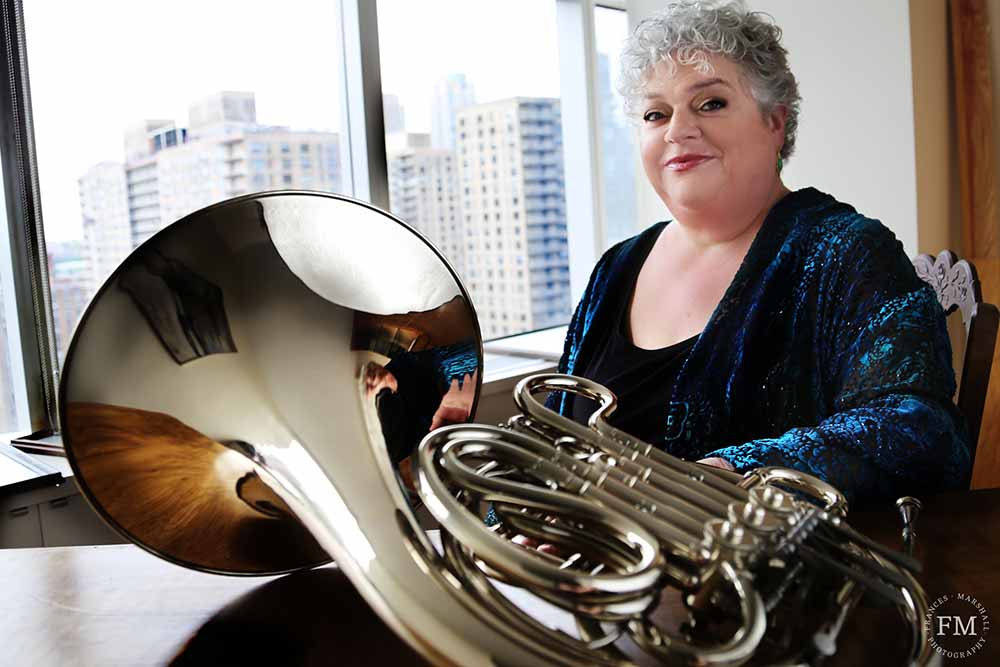


Some highlights of my 25-year career at the Met include numerous performances with fantastic singers such as Luciano Pavarotti, Kathleen Battle, Renée Fleming, Dawn Upshaw, Jesse Norman, Hildegard Behrens, to name just a few!"

What were the highlights of your time at the Met, and do you miss working there?
Some highlights of my 25-year career at the Met include numerous performances with fantastic singers such as Luciano Pavarotti, Kathleen Battle, Renée Fleming, Dawn Upshaw, Jesse Norman, Hildegard Behrens, to name just a few! I was constantly inspired by the music! Playing anything by Puccini or Mozart thrilled me and filled my soul very deeply. I also had the privilege of working with James Levine for 25 years, who helped shape my musical sensibilities and stylistic concepts with clarity and leanness of sound. He is all about blend and beauty! I’ve learned so much from James Levine, as well as playing in one of the world’s greatest orchestras.
I am forever grateful for the 25 years I had at the opera! I certainly miss the incredibly high level of the Met Orchestra, however, I have no regrets about choosing to retire in 2010. I timed my retirement very consciously, making room for others to sustain the sheer physicality the job presents. That said, I will always treasure being surrounded by the Met greats, on stage and in the pit!
Playing at such a high level is physically and mentally demanding — how did you deal with this challenge?
Working at the Met opera as principal Horn became a way of life, a lifestyle that was all-encompassing and very time consuming. My daily existence was shaped according to what performances were happening that week. Saving my energy for Der Rosenkavalier, or any Wagner opera, dictated how I spent my time. Swimming, yoga, meditation, massage therapy, chiropractic care, are all essential parts of taking care of my physical, mental and spiritual well-being. It was essential for me to bring 100% to every performance! I set my own standards so high, and stuck to it!
You are an advocate of the Carmine Caruso method — tell us about these exercises?
I have practiced the Carmine Caruso method ever since I was 13 years old, and there are very specific exercises that really help beef up my chops. I recently released a series of instructional videos on this great method on YouTube. These videos are free of charge and include PDF printouts of many of the basic Caruso exercises. This physical approach helps to finely tune my embouchure to perform with more ease, and a lot less worry about technique.
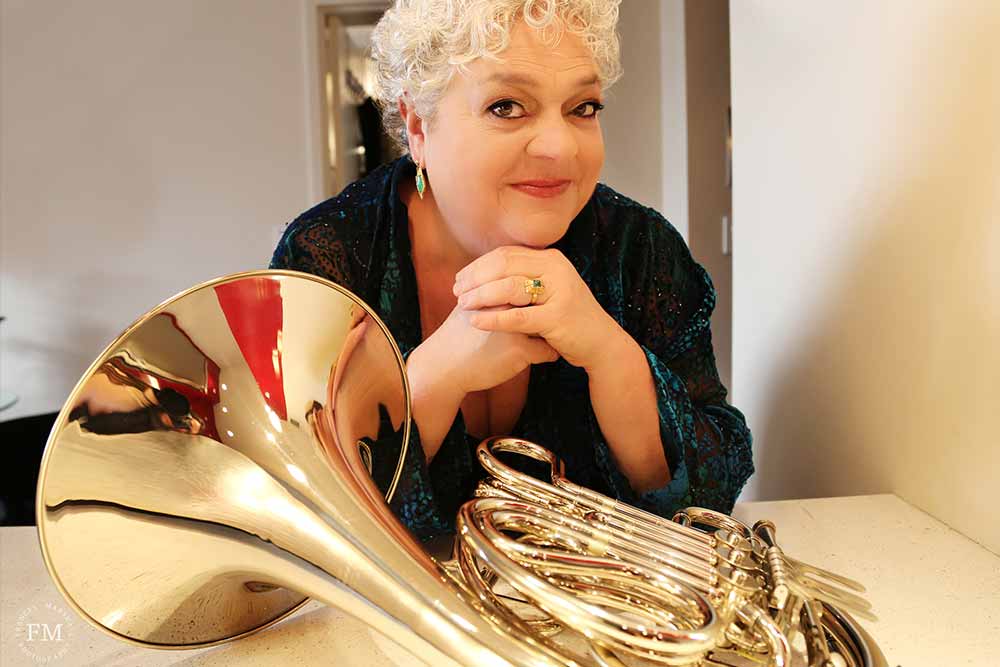


How have trends in horn playing changed over the years?
Trends in horn playing have moved away from beauty, and playing from the center of a lush sound. I try to emphasize tone and musicality in my teaching. When I perform, I consciously play from my heart, a place where beauty and tenderness reside. This is s quality that I bring to my students, as well as a pathway to connect with my audience. When you come from the heart, no matter what you do, it has the power to open up a deep response in others.
All images displayed in this article are subject to copyright.
Share this article


